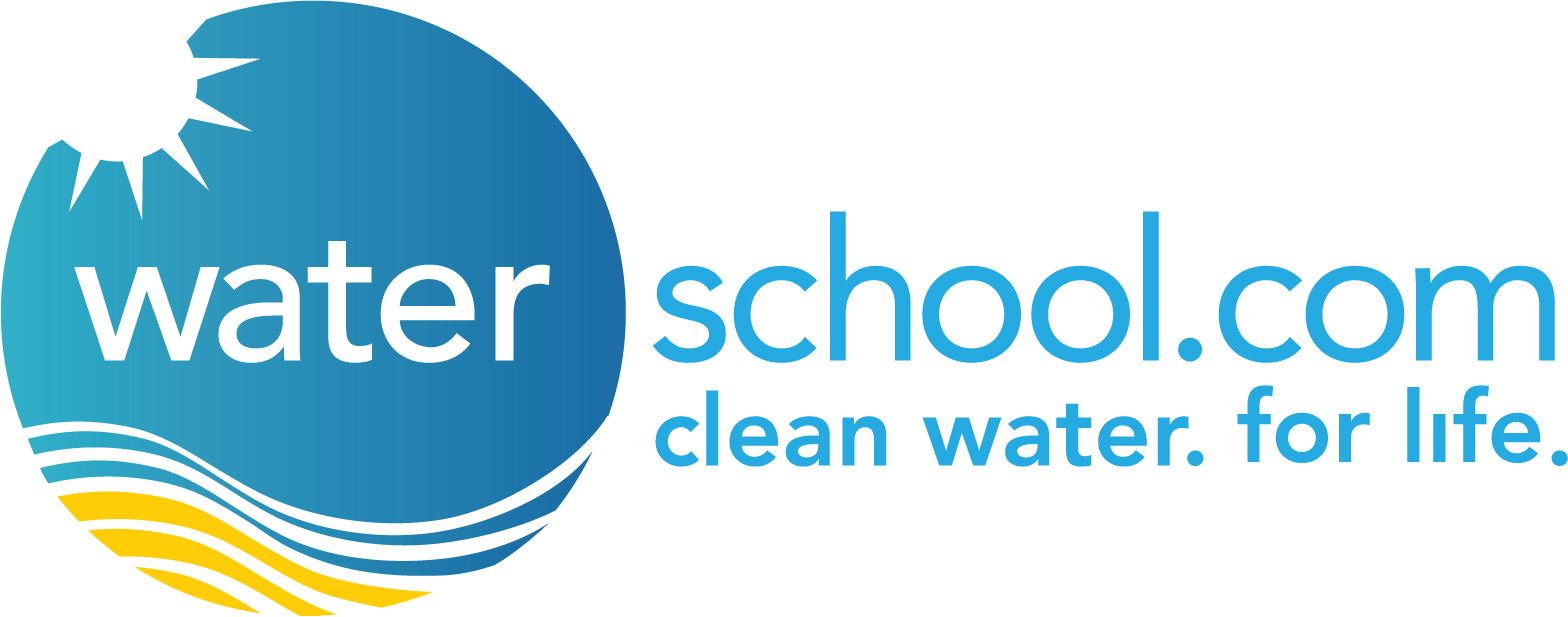WaterSchool's program centres around SODIS - a solar disinfection technique that is as simple as it is effective.
Developed by aquatic researchers in Switzerland, SODIS turns contaminated water to safe-drinking water. How? Contaminated water is collected and placed in a clear plastic PET (polyethylene terephthalate) bottle and is left on a hard surface in direct sunlight for one day if it's sunny or partly cloudy day or two days if it's fully cloudy. The sun’s UV rays kill the micro-organisms in the water turning dirty water into clean water for children, their parents and their communities.
As Uganda's leading water for life charity, we use SODIS as a simple, sustainable and affordable method that can change the lives of thousands of people. SODIS is particularly effective because it focuses on water treatment at the point of consumption and therefore provides the least opportunity for re-infection of the water with pathogens subsequent to other treatment methods (e.g. filters).
In order for SODIS to be effective, several conditions must be met:
1. Adequate health and sanitation practices must be applied alongside SODIS training.
2. The target area must be 35 degrees above or below the equator to ensure maximum solar intensity.
3. A ready supply of plastic bottles, free from scratches, must be available. The bottles must be between 1 - 2 litres in size.
4. The water in the bottle should be clear enough to count your fingers on the other side of the bottle.
But what if the only water available is murky and you can't count your fingers on the other side of the bottle? In almost every case if the water is left to stand, a layer of mud will settle to the bottom within a few hours and the rest of the water will be fairly clear. When this is done in a large container like a jerry can, the user can then draw clear water off the top for SODIS treatment leaving the dirt particles undisturbed settled on the bottom of the container.


